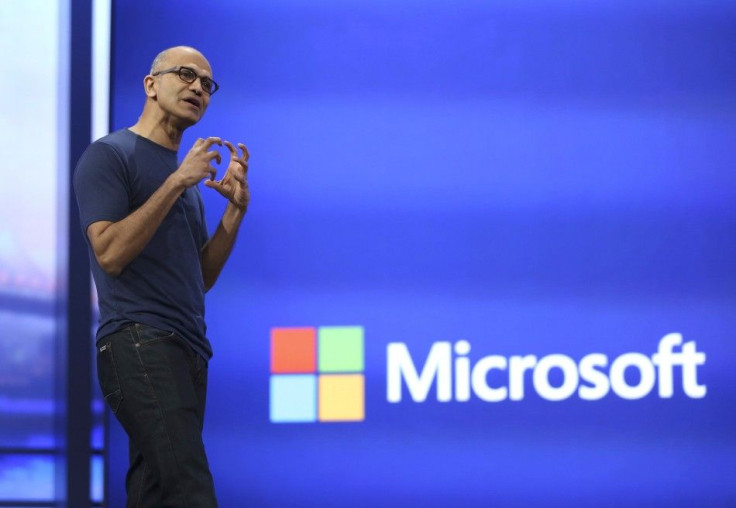Windows 8.1 Upgrade Fix in the Works

Microsoft is currently in the process of launching a fix to its Windows 8 and Windows RT update issues. It has told SuperSite For Windows that a fix is in the works which will enable current users of Windows 8 and Windows RT to make a smooth transition to Windows 8.1 and Windows RT 8.1 respectively, Engadget reported.
Some users encountered issues while attempting to upgrade to Windows 8.1. The fix to the problem is reported to have already been made available in select markets as part of a test program before launching on a wider scale.
Users who have encountered issues may do well to check the update tab on their devices to find out if they are among the first batch of lucky recipients of the fix.
According to MaximumPC, things are better for users of Windows RT as they can manually download the update from the Microsoft support site. Meanwhile, it seems we are heading toward exciting times ahead with what Microsoft believed to have lined up a few important updates in the coming months.
PC World cited this includes a Windows 8.1 update that is expected to be ready for a market splash around August or September. Also, the update which has been christened Windows 8.1 Update 2, is believed to be quite hefty, one that weighs no less than 3 GB. That's quite an improvement over the Windows 8.1 Update that measured around 700 MB.
There is also Windows 9 which, according to The Verge, is likely to be available around beginning 2015. Windows 9 will mark a significant upgrade over Win 8.1 in more ways than one, with the primary being that it will mark the return of the famed start button.
Another feature to look out for in Windows 9 will be its ability to adopt to the hardware it is running on to offer different home screen views. For instance, while running on a desktop, users will have the start menu and a more conventional home screen akin to what we have with Win 7. Then again on tablet and smartphones, users will have the tiled interface since these appeal more for touch-based inputs.





















